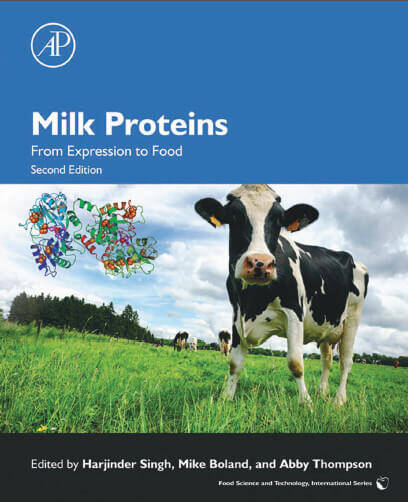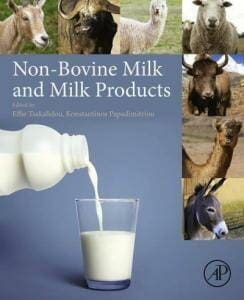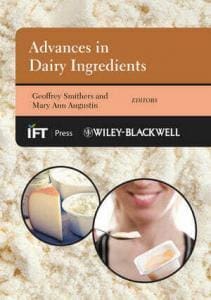Milk Proteins, from Expression to Food, 2nd Edition

By Mike Boland Harjinder Singh Abby Thompson
Milk Proteins, from Expression to Food, 2nd Edition PDF. Understanding of the interactions of milk proteins in complex food systems continues to progress, resulting in specialized milk-protein based applications in functional foods, and in protein ingredients for specific health applications. Milk Proteins is the first and only presentation of the entire dairy food chain – from the source to the nutritional aspects affecting the consumer.
With focus on the molecular structures and interactions of milk proteins in various processing methods, Milk Proteins presents a comprehensive overview of the biology and chemistry of milk, as well as featuring the latest science and developments. Significant insight into the use of milk proteins from an industry viewpoint provides valuable application-based information. Those working with food and nutritional research and product development will find this book useful.
- 20% new chapter content — full revision throughout
- New chapters address: role of milk proteins in human health; aspects of digestion and absorption of milk proteins in the GIT; consumer demand and future trends in milk proteins; and world supply of proteins with a focus on dairy proteins
- Internationally recognized authors and editors bring academic and industrial insights to this important topic
This Book is Available For Premium Members Only













![Ettinger’s Textbook of Veterinary Internal Medicine 9th Edition [PDF+Videos] Ettinger’s Textbook of Veterinary Internal Medicine 9th Edition [True PDF+Videos]](https://www.vet-ebooks.com/wp-content/uploads/2024/10/ettingers-textbook-of-veterinary-internal-medicine-9th-edition-100x70.jpg)

![Textbook of Veterinary Diagnostic Radiology 8th Edition [PDF+Videos+Quizzes] Thrall’s Textbook of Veterinary Diagnostic Radiology, 8th edition PDF](https://www.vet-ebooks.com/wp-content/uploads/2019/09/textbook-of-veterinary-diagnostic-radiology-8th-edition-100x70.jpg)






